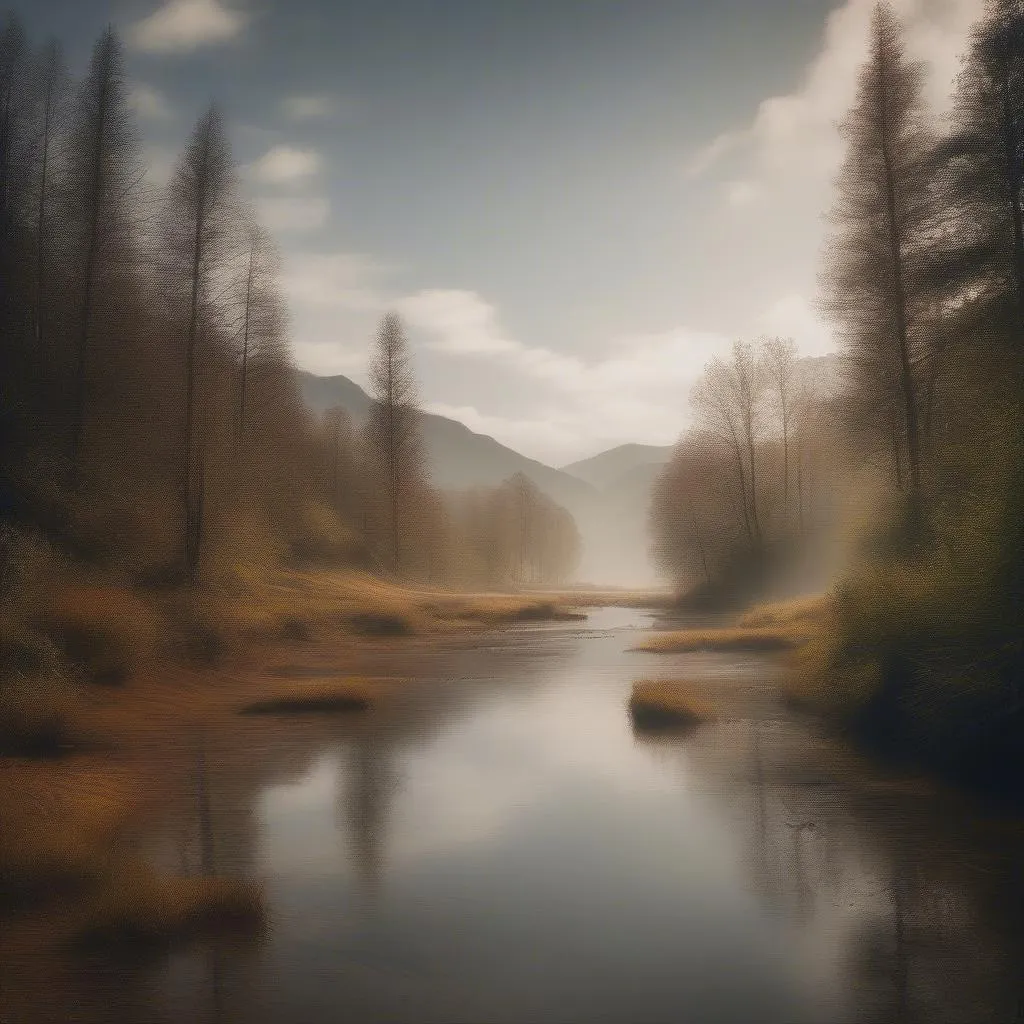“The most beautiful picture is the one you create yourself,” this saying truly resonates with the art of photography. And within the world of photography, landscape is a captivating subject, attracting countless creative enthusiasts.
Have you ever wondered why landscape photographs can be so mesmerizing, inspiring us to explore new lands? It’s because the artist knows how to utilize light, composition, color, and subtle techniques to create a breathtaking masterpiece.
So, how can you capture stunning landscape photos yourself? Join me, a soft skills and survival skills training expert with over 10 years of experience, as we uncover the most effective landscape photography secrets!
Mastering the Basics
“Like cooking, mastering photography requires learning the basics first,” this saying holds true for photography. Before you aim to create dazzling photos, you need to grasp the fundamental principles of photography.
Understanding Light
Light is the “soul” of a photograph. Beautiful light will make your photos more vibrant and engaging.
- Natural Light: Sunlight is the perfect choice for landscape photography. Morning and afternoon sunlight is often soft, creating warm and shimmering colors. Midday sunlight is harsher, creating strong shadows, ideal for photos with distinct lines.
- Artificial Light: Artificial light sources like streetlights or flashes can help you create unique effects in your photos. However, use artificial light judiciously to avoid making your photos look unnatural.
Compelling Composition
Composition is crucial for creating visually appealing photos. Good composition adds depth, balance, and harmony to your images.
- Rule of Thirds: Divide your frame into 9 equal sections, placing the main subject at the intersections of these lines.
- Leading Lines: Use lines like curves or straights to guide the viewer’s eye towards the main subject.
- Balance: Ensure balance among elements within the frame to create a sense of harmony and visual comfort.
Choosing Your Angle
The shooting angle determines the uniqueness and impact of your photo.
- Low Angle: Creates a sense of grandeur and majesty for the subject.
- High Angle: Makes the subject appear small and humble.
- Eye-Level Angle: Creates a natural and realistic perspective of the subject.
Utilizing Lenses
Lenses are tools that help you capture light and create images.
- Wide-Angle Lens: Creates a sense of vastness, ideal for capturing expansive landscapes.
- Telephoto Lens: Zooms in on subjects, suitable for capturing small details.
- Macro Lens: Captures extreme close-ups of small details, creating a sense of delicacy and uniqueness.
Landscape Photography Techniques
“Experience is the best teacher,” this saying is true for photography. Learn from professional photographers to enhance your skills.
Long Exposure Photography
Long exposure photography involves using a slow shutter speed to create motion blur, perfect for capturing dreamy and ethereal landscapes.
- Exposure Time: Adjust the exposure time from a few seconds to several minutes, depending on the lighting conditions and desired effect.
- Tripod: A tripod is essential for keeping the camera stable and preventing blur.
- ND Filters: ND (Neutral Density) filters reduce the amount of light entering the camera, allowing for longer exposure times.
Close-Up Photography
Close-up photography focuses on the small details of a landscape, creating unique and impactful images.
- Macro Lens: A macro lens helps you magnify small details, allowing you to capture close-ups of flowers, dewdrops, insects, etc.
- Focus: Focus on the sharpness of the main detail to create prominence and impact.
- Light: Use natural or artificial light to create beautiful effects in your close-up shots.
Shadow Photography
Shadow photography uses light to create beautiful shadows, adding depth and interest to your photos.
- Time of Day: Morning and afternoon light often create the most beautiful shadows.
- Shooting Angle: Change your shooting angle to create shadows as desired.
- Color: Combine the colors of the subject and the shadows to create harmony and impact.
Applying Landscape Photography Skills in Life
“Beautiful scenery, beautiful people, beautiful photos,” this saying reflects the harmonious blend of humanity, nature, and art.
- Capturing memorable moments: Use landscape photography skills to record travels and beautiful moments in life.
- Sharing the beauty of nature: Share beautiful photos of Vietnamese landscapes with friends, family, and the community.
- Earning extra income: Sell photos and participate in photography contests to earn extra income.
Conclusion
“Let life be your inspiration, let photos tell your journey.”
Landscape photography is not just a skill; it’s an art, a way to express your unique perspective on the world. Learn, practice, and create to capture stunning landscape photos.
Share your stories and experiences with landscape photography in the comments below. And don’t forget to follow the SOFT SKILLS website to discover more useful knowledge about soft skills and survival skills.
Contact us via phone: 0372666666 or visit us at: 55 To Tien Thanh, Hanoi. We have 24/7 customer support.
